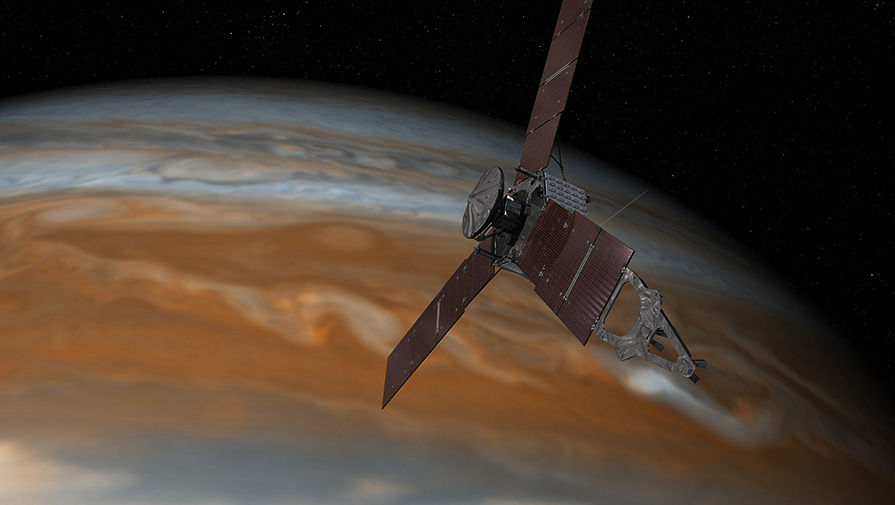
Recently, NASA engineers have begun conducting tests of the first prototype experimental propulsion system, the application of which can significantly reduce the time it takes the spacecraft to come out into the open interstellar space.
The system of so-called electric solar sail interacts with protons, the particles comprising the solar wind. Pushing in the opposite direction of positively charged particles, the system will allow you to get consistent traction and will allow the spacecraft to gain tremendous speed, without spending a single drop of fuel.
According to preliminary calculations, the use of electric solar sails will allow outer unit to reach the area of the heliopause in just 10 years, while the infamous unit space Voyager took 35 years to do this.
The design of the electrical solar sail consists of 10-20 aluminum wires diverging in space like rays of the Sun from the spacecraft at a distance of 20 kilometers. Applied to these wires positive electric potential allows to create a potential field, an area equivalent to the area 219 of football fields. This area reflects positively charged protons, which allows to obtain a small but constant thrust.
An experimental prototype of such system was called E-Sail HERTS (Heliopause Electrostatic Rapid Transit System).
“The sun is spewing a stream of protons and electrons moving at very high speeds, of the order of 400-750 miles per second,” says Bruce Wigman (Bruce Wiegmann), scientific project Manager HERTS E-Sail, – “the Energy of these high energy protons and force to move a spaceship”.
At present, specialists of space flight Center NASA-Marshall began conducting tests of the experimental setup HERTS E-Sail, which will continue for about two years. During this time, scientists will determine the number of protons, reflected or deflected by the electric field created by wires, and the number of electrons that will be attracted to the same field. Also experiments with the use of plasma of different types and all data collected will be used to improve and increase the accuracy of the mathematical models that lie at the basis of the idea of an electric solar sail. And this, in turn, will make another step closer to practical implementation ideas that will allow people to get to the edge of the Solar system.
According to preliminary estimates, prior to attempts to implement the idea of the electric solar sail will be at least another 10 years. And, given such a long period, it is impossible to say with certainty whether to use this technology in practice, because over time people will be able to invent something completely new, with higher performance and more benefits.





